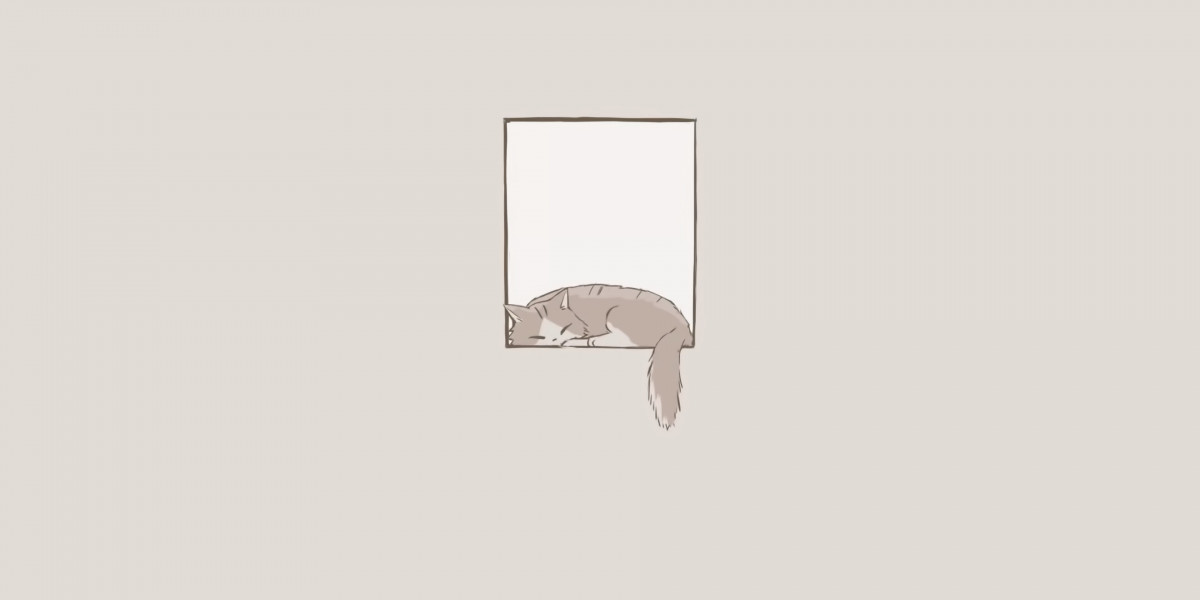Unlock Your Creativity: Discover the Perfect 3D Printer That Transforms Your Ideas into Reality!
3D printing has rapidly gained traction in recent years, making it a popular choice for both hobbyists and professionals eager to bring their imaginative ideas to life. From creating intricate models to functional prototypes, the possibilities are virtually endless. However, not all 3D printers are created equal, and selecting the right type is crucial for ensuring your projects come to fruition as envisioned. With so many options available, understanding the various types of 3D printers and their unique capabilities can help you make an informed decision that matches your specific needs and creative aspirations.

Understanding the Different Types of 3D Printers
There are several distinct types of 3D printer technologies, each with its own methods and applications. The most common technologies include Fused Deposition Modeling (FDM), Stereolithography (SLA), and Selective Laser Sintering (SLS). FDM printers work by melting plastic filament and layering it to create objects, making them ideal for beginners due to their affordability and ease of use. SLA printers utilize ultraviolet light to cure liquid resin layer by layer, resulting in high-resolution prints that are perfect for detailed designs. SLS, on the other hand, employs a laser to fuse powdered materials into solid objects, offering durability and strength suitable for industrial applications. Understanding these technologies is essential for selecting a printer that aligns with your goals.
Fused Deposition Modeling (FDM)
Fused Deposition Modeling (FDM) is one of the most accessible and popular forms of 3D printing, especially among beginners and casual users. The FDM process involves feeding a thermoplastic filament through a heated nozzle, which melts the material and extrudes it onto a build platform in layers. This method is not only cost-effective but also offers a wide variety of materials, including PLA, ABS, and PETG, which can be used to create everything from simple toys to complex mechanical parts. However, while FDM printers are user-friendly, they may not achieve the same level of detail and precision as other technologies, which could be a limitation for intricate designs.
Stereolithography (SLA)
Stereolithography (SLA) is famed for its ability to produce highly detailed and intricate designs, making it the go-to choice for professionals in fields such as jewelry design, dental modeling, and animation. The SLA process involves using a laser to cure a liquid resin layer by layer, resulting in smooth surfaces and fine details. This technology excels in producing complex geometries and is particularly suited for applications requiring high precision. However, it is essential to note that SLA printers typically require more maintenance and can be more costly due to the resin and post-processing needed to achieve the final product.
Selective Laser Sintering (SLS)
Selective Laser Sintering (SLS) is a powerful 3D printing technology that uses a laser to fuse powdered materials, such as nylon or metal, into solid objects. This method is particularly advantageous for creating durable and functional parts, making it highly relevant for industrial applications, including aerospace and automotive industries. SLS prints are known for their strength and heat resistance, allowing them to withstand rigorous use. However, SLS printers typically come with a higher price tag and require a more complex setup, making them less suitable for casual users or hobbyists looking for a simple printing solution.
Factors to Consider When Choosing a 3D Printer
When it comes to selecting the perfect 3D printer, several key factors should guide your decision-making process. Firstly, consider your budget, as prices can vary significantly between different types of printers. Next, think about your intended use—will you be creating artistic models, prototypes, or functional parts? The print volume is another critical consideration; larger projects may require a printer with a significant build area. Additionally, material compatibility is essential, as different printers support specific types of filaments or resins. Lastly, ease of use should not be overlooked, especially for those new to 3D printing. A user-friendly interface and straightforward setup can make the experience far more enjoyable, allowing you to focus on unleashing your creativity instead of troubleshooting complex processes. Reflecting on these aspects will help ensure you select a 3D printer that aligns perfectly with your creative goals.
Making an Informed Choice on Your 3D Printing Journey
Understanding the various types of 3D printers and their unique capabilities is essential for anyone looking to dive into this exciting world of creativity. Each technology offers distinct advantages and limitations that can significantly influence the outcome of your projects. By considering factors such as budget, intended use, and material compatibility, you can make an informed decision that aligns with your creative aspirations. So, take the time to explore the options available and find the perfect 3D printer that will help transform your innovative ideas into reality!








